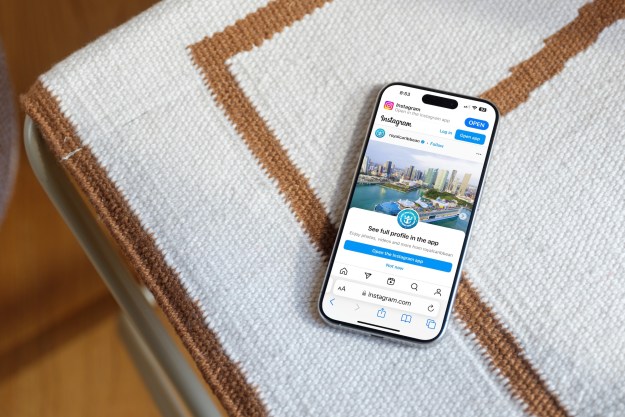Comcast is revamping its plans a little. The company has announced a new By the Gig shared data plan that drops the price on data based on how much you buy. In other words, the shared data plan is a much better option for groups or families who don’t really want unlimited plans, but still need a decent amount of data.
Previously, Xfinity Mobile‘s By the Gig plan cost $12 per gigabyte of data, no matter what. Now, there’s a discount at 3GB and another one at 10GB, though you’ll have to pay upfront. Now, if you buy 3GB of data, you’ll pay a flat $30, while at 10GB, you’ll pay $60. This data is shared across an account, while the $45 per month Unlimited plan is available per line.
“We saw an opportunity to better serve groups of friends and families who don’t need Unlimited but want more than a pay-per-GB plan, so we’re introducing shared data options whereby the more data you purchase, the less you pay per gigabyte,” said Rui Costa, vice president of product management and customer experience for Xfinity Mobile, in a statement.
If some members in your group or family prefer to stick with Unlimited data, you can do that too — Xfinity Mobile allows customers to mix and match, so some lines can have unlimited data, at $45 per month, while others will pull from the shared data.
There are a few changes to the Unlimited Data plans too. Namely, subscribers with an unlimited plan will now have to pay an extra $20 per month if they want HD video streaming. You’ll still be able to stream video at 480p for free. There are other things to note too. For example, data speeds on unlimited plans are throttled after 20GB, and you can only use hot spots at speeds of 600 Kbps.
Safe to say, if you’re a customer using shared data on Xfinity Mobile, you’re probably about to pay a little less than you previously were — but Unlimited Data customers may not appreciate the extra restrictions, despite the fact that the plans are still cheaper than most other major carriers.
Editors' Recommendations
- Guess how much Apple has paid App Store developers — you won’t even be close
- Xfinity Mobile adds 5G to its networks — for free


